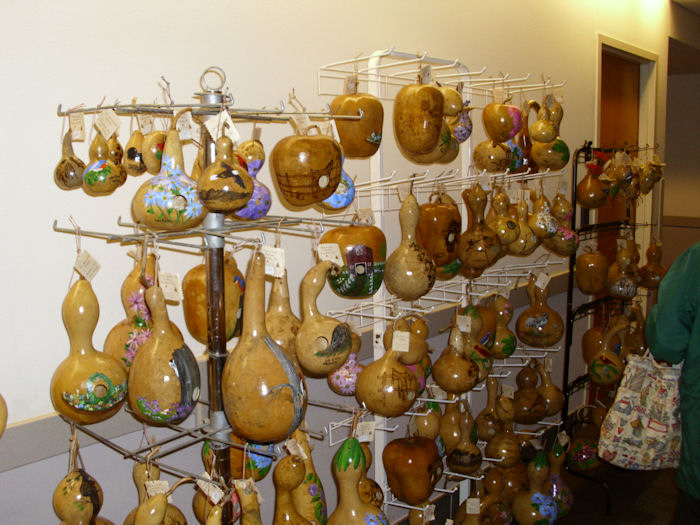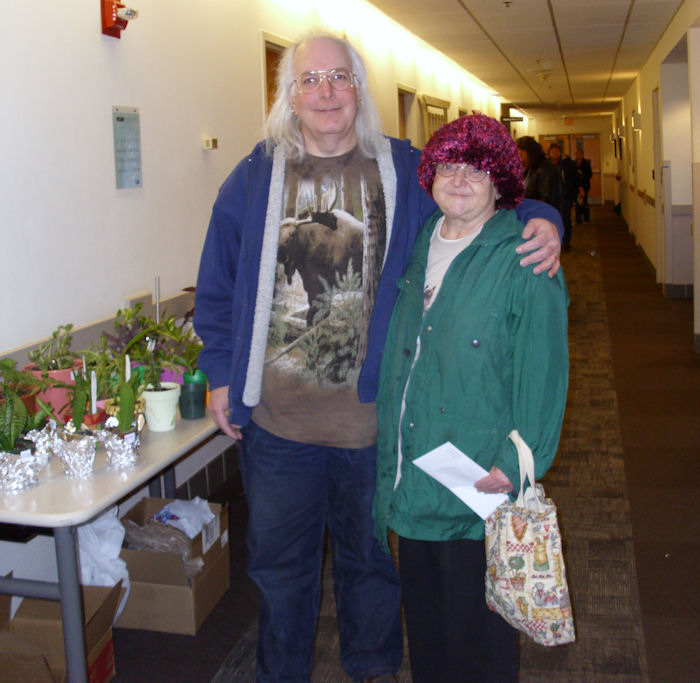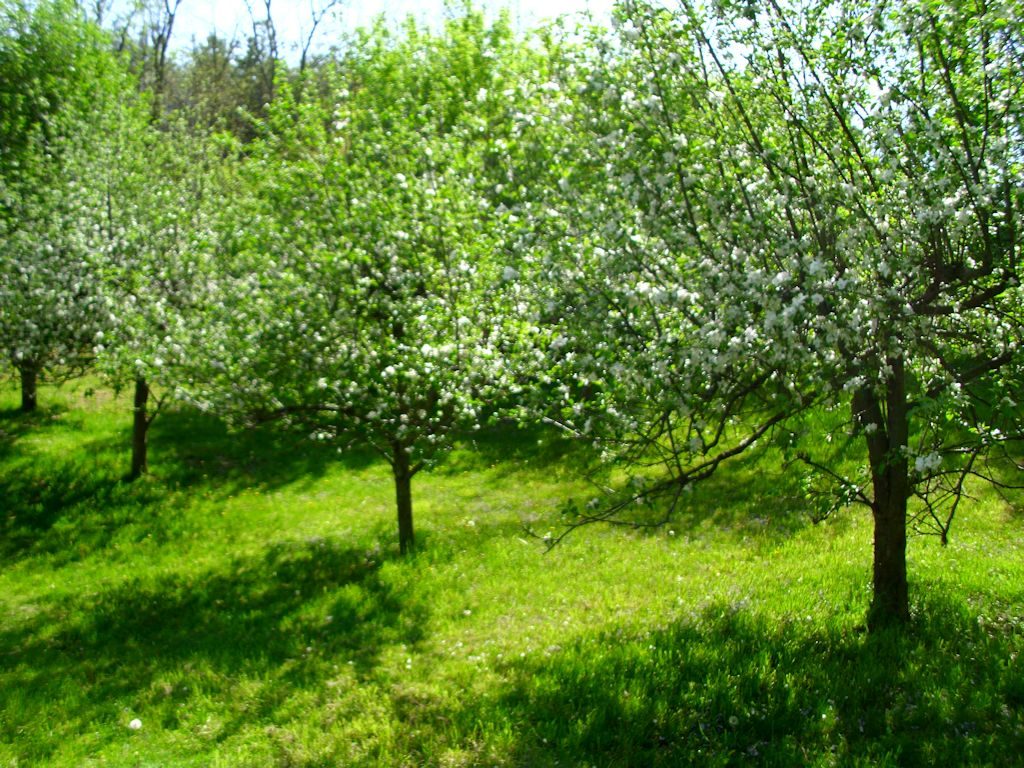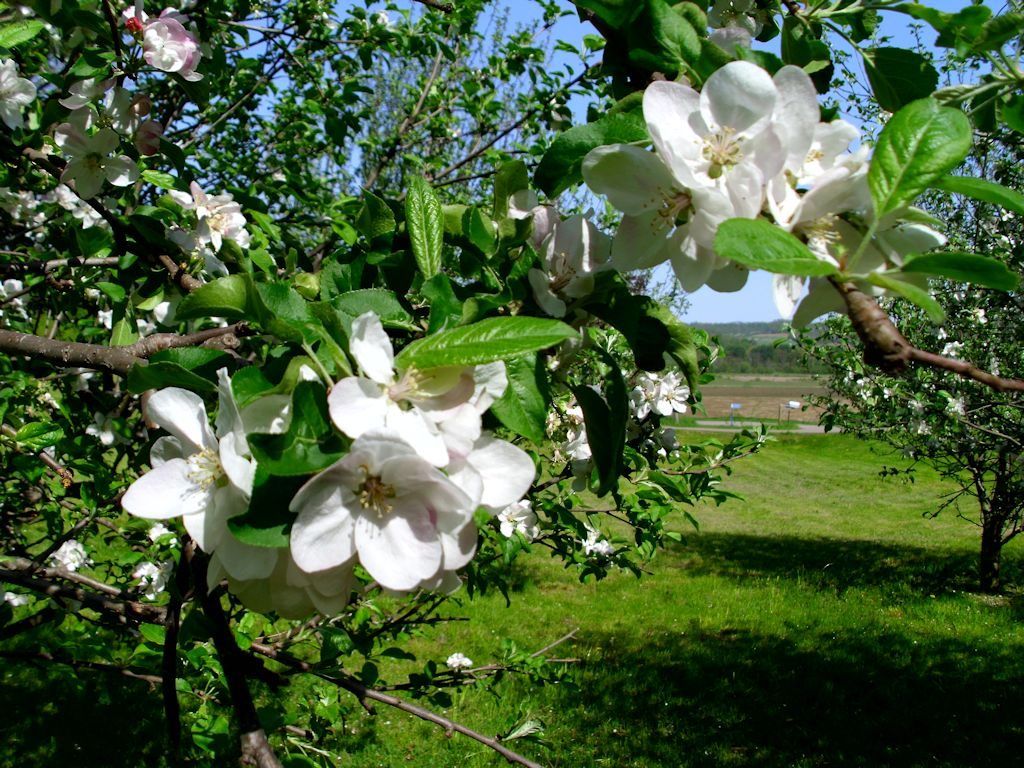One of the things I do during the winter months is make soup. However, I don’t make just a small amount of soup in a small pot, in a small way. Years ago I bought a large restaurant-quality aluminum soup pot that weighs a ton and holds at least four gallons of soup. Making soup in large batches seems to produce a much better result and the large, thick, heavy soup pot works so well that nothing seems to burn in it. Well, I guess if I tried really hard it would burn, but I don’t try really hard.
Most of my soups start out with meat of some sort (beef, pork, chicken, venison, or lamb), but I normally use soup bones, lots of them. Sometimes I use a whole chicken, a large one. No matter what kind of meat I use, I start out with at least five pounds of it, sometimes more. I start the cooking early in the morning and cook the meat very slowly (never ever boiling it), scooping off the blood that rises to the surface and adding spices and salt afterward. I favor using more spices than salt. In fact, I just barely add salt to taste. I use spices that you normally wouldn’t think of in my soups such as, cinnamon, nutmeg, and cloves, which helps me keep salt to a minimum. You don’t add a lot of these spices, the effect is meant to be subtle. In some cases, such as with beef, I use pickling spice (but make sure to remove the tea ball containing the pickling spice after no more than 20 minutes or it gets bitter). Favorites with chicken include sage, rosemary, and thyme. Sometimes I add orange or lemon peel. A common addition are onions and I sometimes add a bit of fresh garlic (minced fine) as well.
I like my soup to be really nutritious, so I add plenty of vegetables. Most of my soups contain corn, carrots, and potatoes. However, I don’t stop there. The soup I made the other day also contains turnips, Holiday Soup Mix, and celery. I’ve been known to add things like green beans, kohlrabi, rutabagas, turnips, and all sorts of other odd assorted vegetables. In fact, if something in the larder or freezer is getting a bit old, it goes into the soup pot. The point is that the soup is far from plain. It contains good nutritional value from a wide variety of wholesome vegetables.
In addition to all of the vegetables, I sometimes add mushrooms. As with the vegetables, I normally get a better quality mushroom, not those canned kind. My personal favorites are baby portabella, shiitake, and oyster mushrooms, but I’ve used others as well. Even a good quality button mushroom can be a nice addition. I’ve never had much success using morels in soup. Besides, morels were meant for cooking in butter and garlic, with a bit of salt.
To top my soup off I usually add pearled barley. Using pearled barley gives the soup that finishing touch, a kind of nutty flavor that you find in only the best soups. As an alternative, I sometimes use half and half wild and brown rice. I generally don’t add noodles to my soup; they fall apart quickly, don’t have much nutritional value, and tend not to freeze or can well.
Speaking of freezing and canning, there is no way one person can eat four plus gallons of soup before it goes bad and that’s the point. I either can or freeze the excess soup for later. Soups that are a little more broth get canned in one quart containers, while robust soups get frozen in one gallon bags. A word of advice, don’t overfill your gallon bag. I put three quarts of soup at most in my gallon bag and sometimes less depending on the soup. Lay the bags flat in the freezer as they freeze and you’ll find that your bags of soup stack well. If I’m having a really busy time, I simply get out a quart or a bag of soup and I have a nutritious meal I don’t have to cook. Soup is comfort food. Let me know your thoughts about soup at [email protected].




